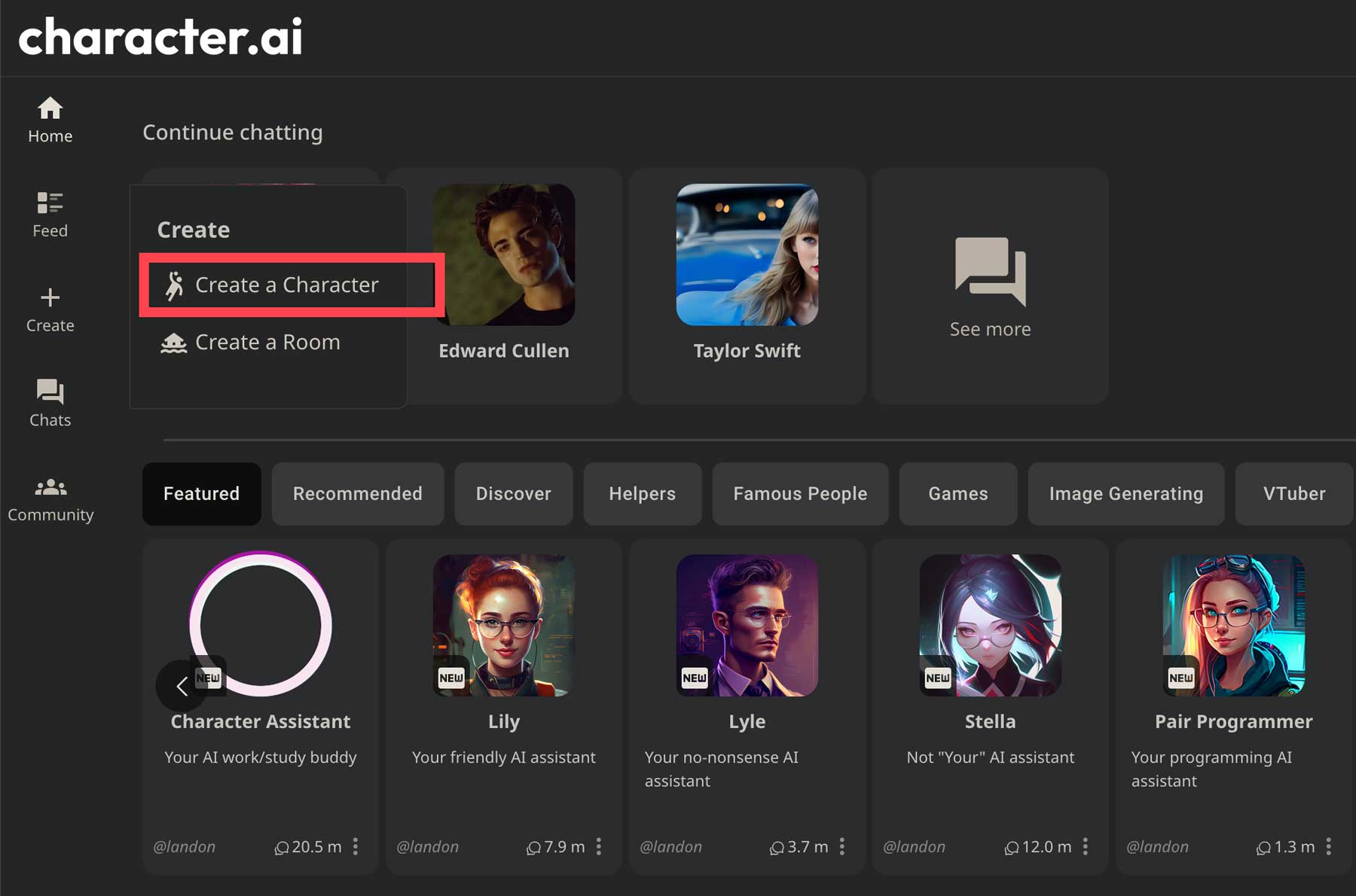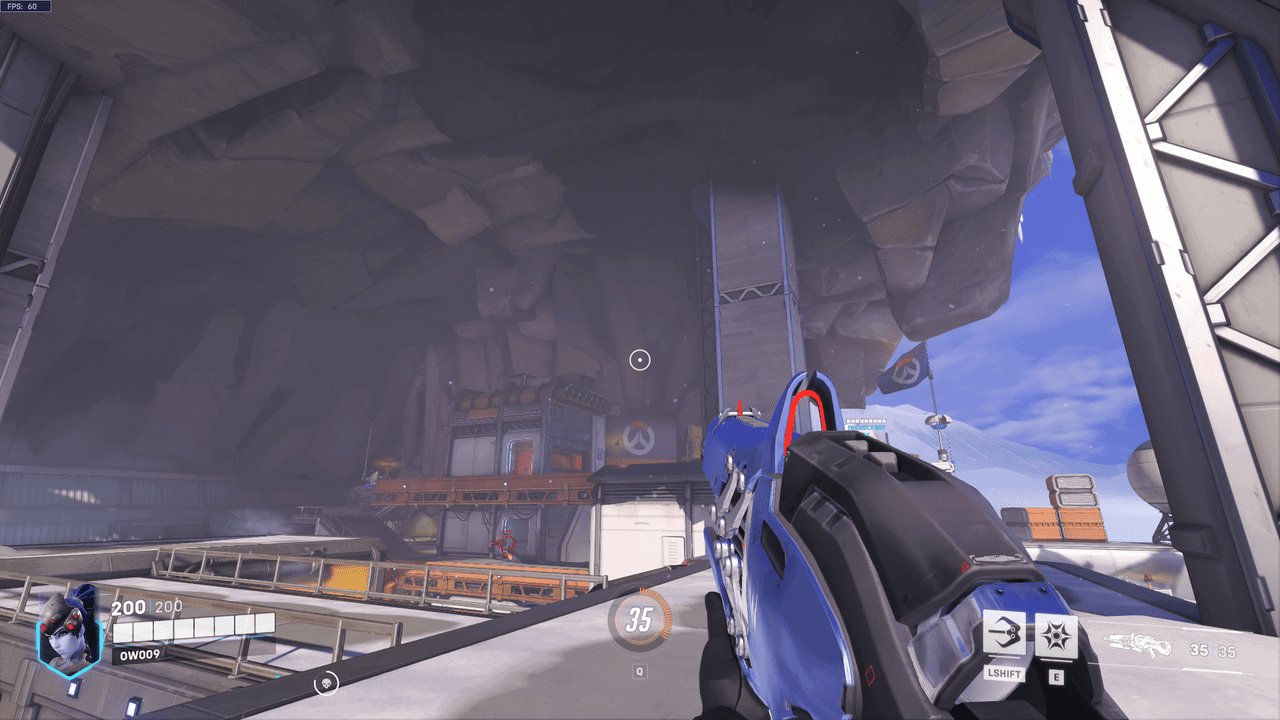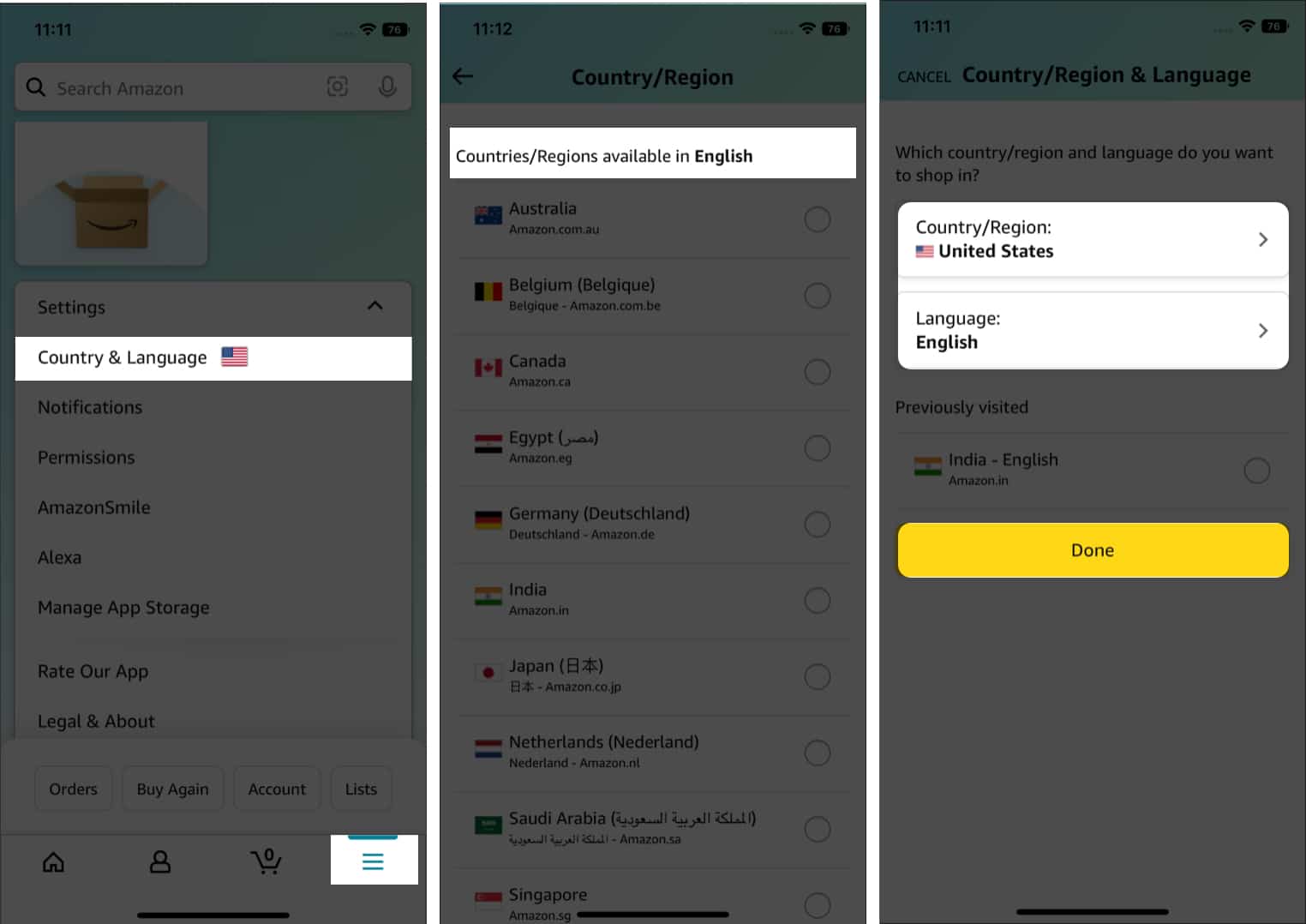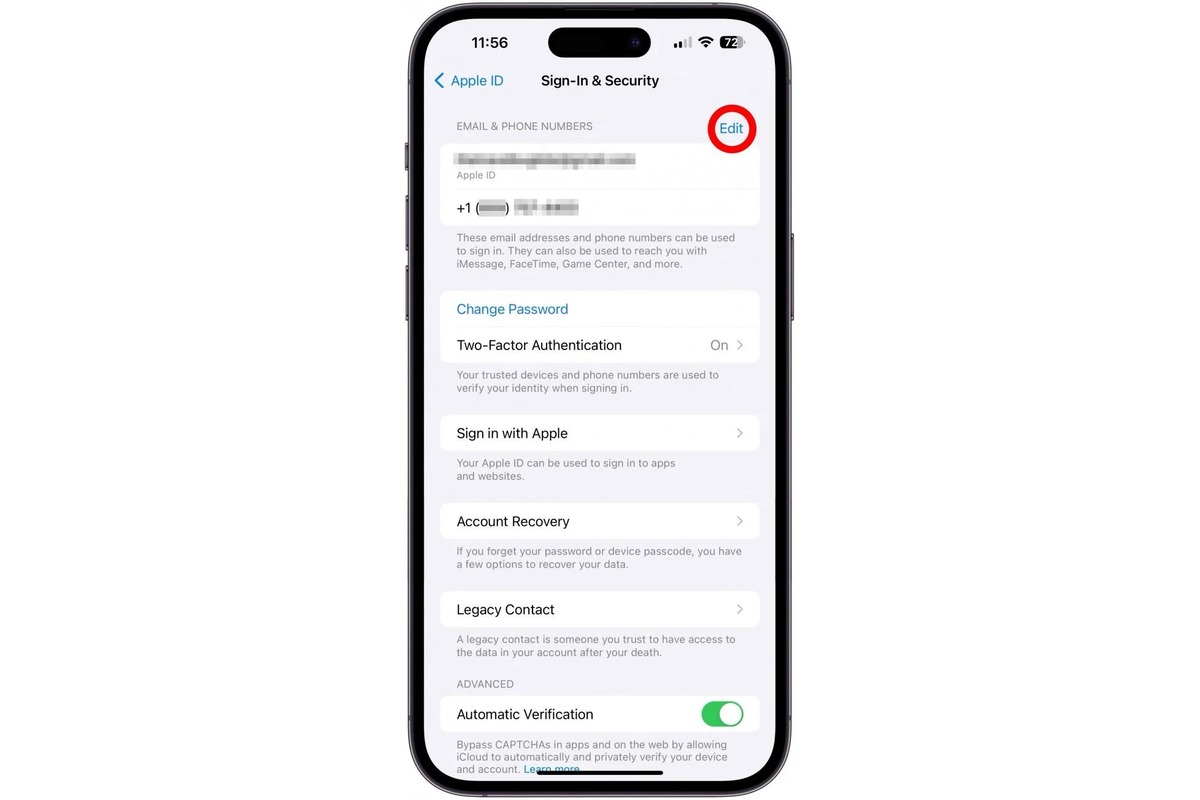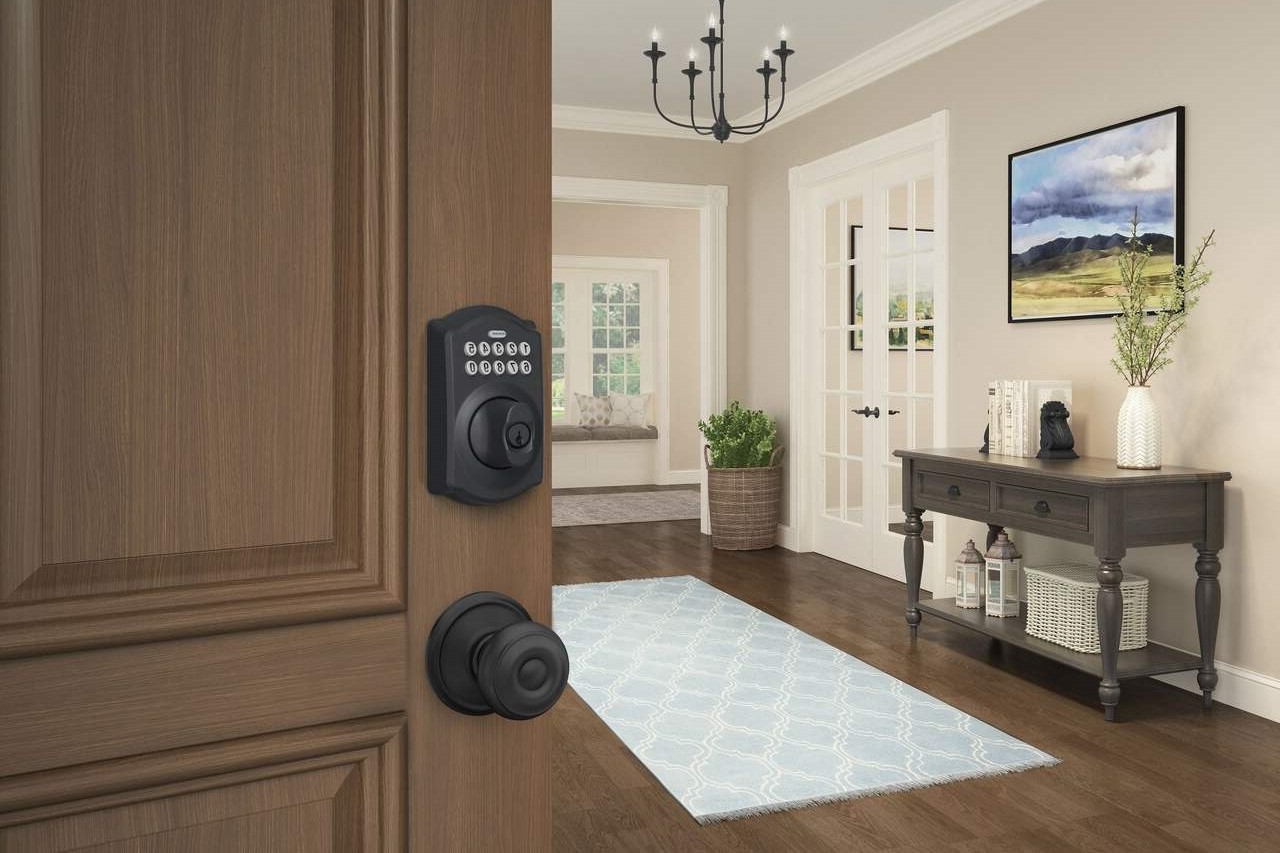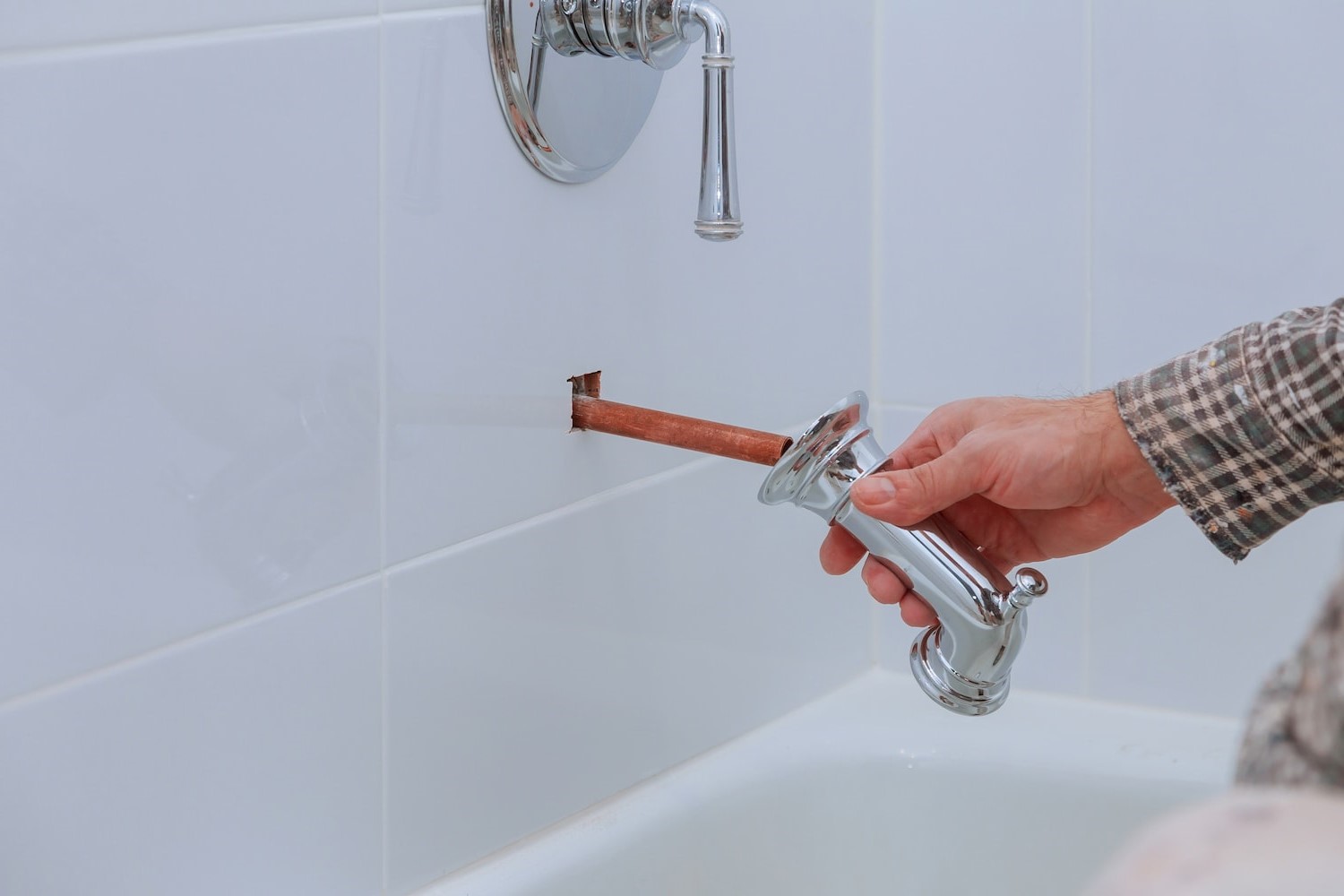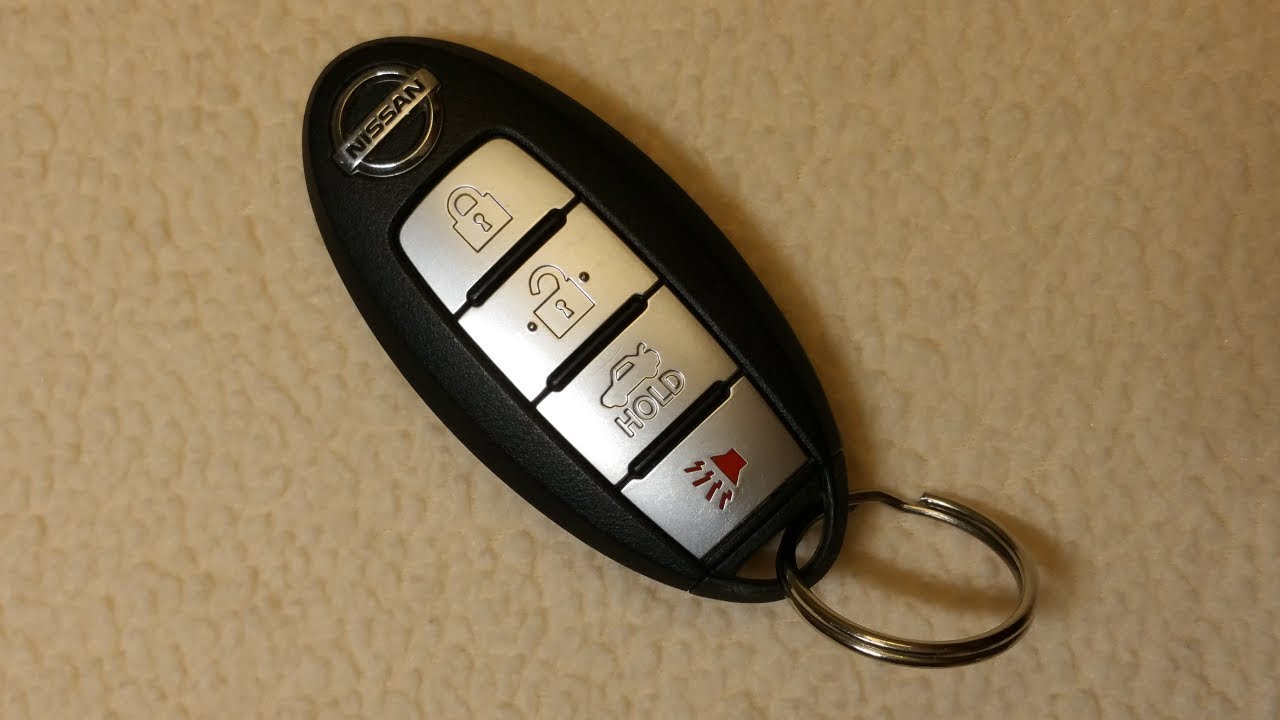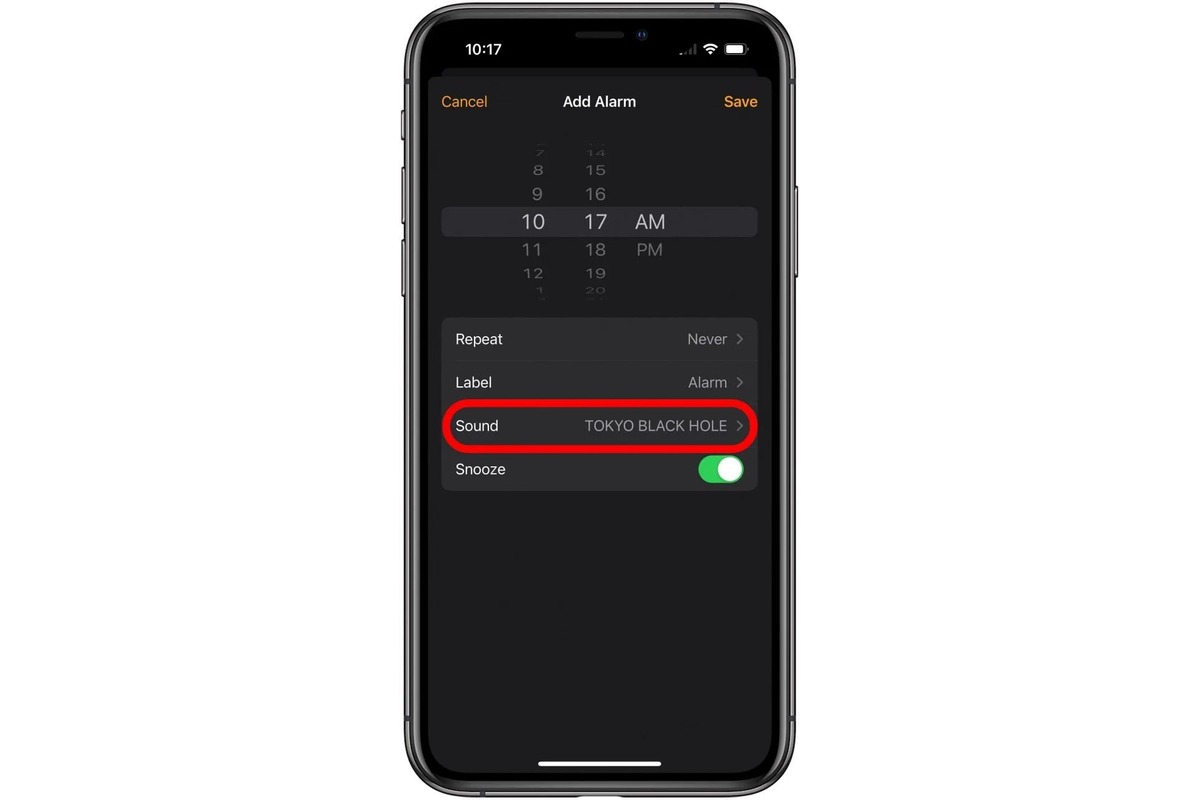Home>Home and Garden>How To Change Brita Filter
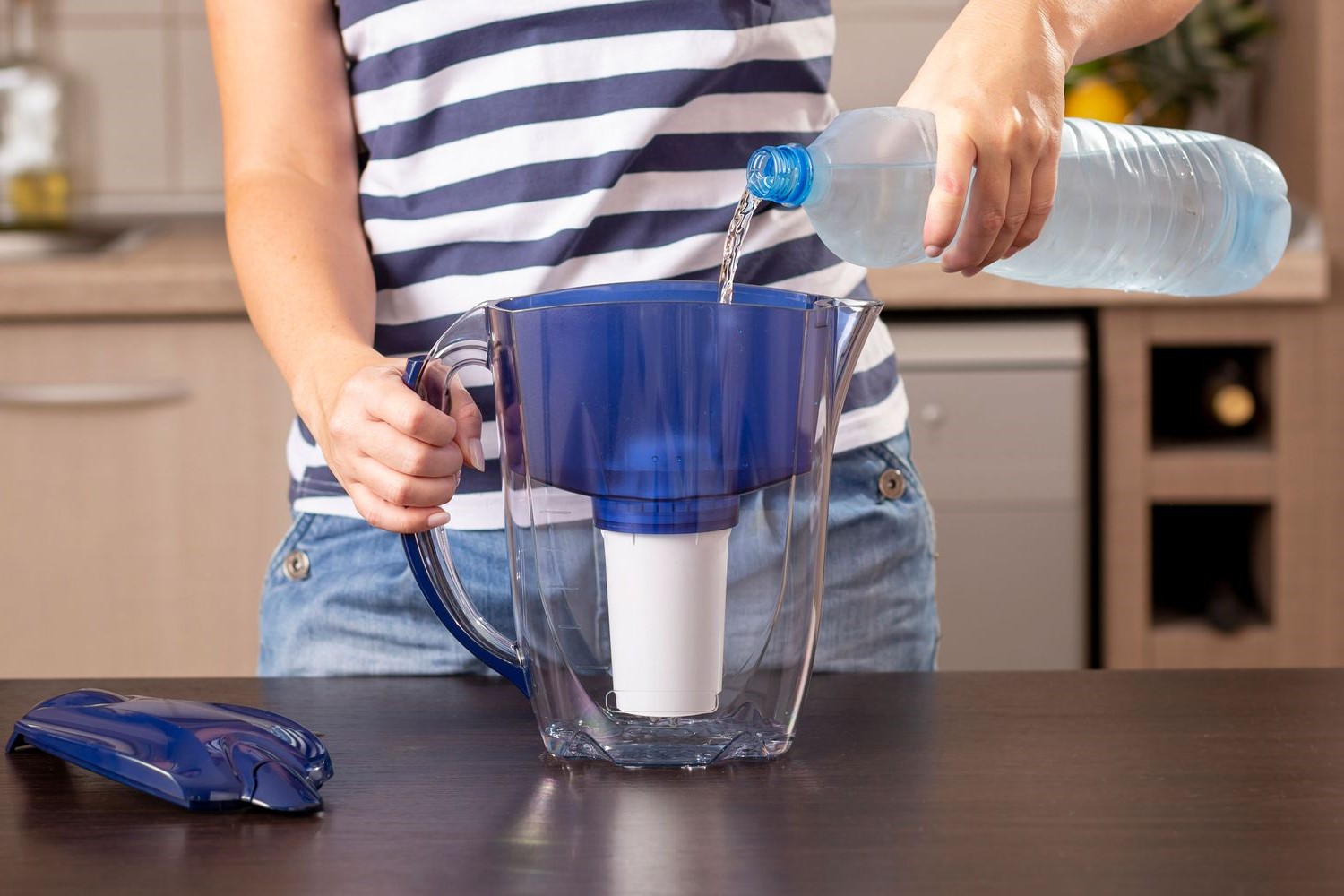

Home and Garden
How To Change Brita Filter
Published: March 4, 2024
Learn how to change a Brita filter easily at home. Keep your water clean and fresh with this simple home and garden maintenance task.
(Many of the links in this article redirect to a specific reviewed product. Your purchase of these products through affiliate links helps to generate commission for Noodls.com, at no extra cost. Learn more)
Table of Contents
Introduction
Changing the Brita filter is a simple yet essential task to ensure that your water filtration system continues to provide clean and great-tasting water. Over time, the filter in your Brita pitcher or faucet attachment becomes less effective at removing impurities, which can compromise the quality of the water it produces. By regularly replacing the filter, you can maintain optimal filtration performance and safeguard the health of you and your family.
In this comprehensive guide, we will walk you through the step-by-step process of changing the Brita filter, providing clear instructions and valuable tips to make the task effortless. Whether you are a first-time Brita user or a seasoned pro, this guide will equip you with the knowledge and confidence to successfully replace your Brita filter and enjoy fresh, clean water once again.
By following the instructions outlined in this guide, you will not only ensure the continued effectiveness of your Brita water filtration system but also contribute to reducing plastic waste. Brita filters are designed to be replaced every 40 gallons or approximately every two months, depending on your water usage. By responsibly replacing your filter as needed, you are actively participating in sustainable and eco-friendly practices, making a positive impact on the environment.
Now, let's dive into the step-by-step process of changing your Brita filter, empowering you to maintain a reliable source of clean, refreshing water for your household. Whether you are enjoying a glass of water, brewing a fresh pot of coffee, or preparing a delicious meal, having a properly functioning Brita filter ensures that every sip and every ingredient is free from contaminants, providing peace of mind and a healthier lifestyle.
Read more: How To Clean Dyson Filter
Step 1: Gather Necessary Materials
Before embarking on the process of changing your Brita filter, it's essential to gather the necessary materials to ensure a smooth and efficient transition. By having all the required items at hand, you can streamline the filter replacement process and minimize any potential interruptions. Here's a comprehensive list of the materials you'll need:
-
Brita Filter Replacement: Ensure that you have the correct replacement filter for your specific Brita pitcher or faucet attachment. Brita offers a range of filter options, including standard filters, Longlast filters, and faucet mount filters. Refer to your Brita product manual or the packaging of the replacement filter to confirm compatibility.
-
Clean Water: It's advisable to have a clean source of water available, as you may need to rinse the new filter before installation. This ensures that any loose carbon particles are flushed out, preventing them from entering your drinking water during the initial use of the new filter.
-
Sink or Water Source: Access to a sink or another water source is necessary for rinsing the new filter and preparing it for installation. Ensure that the area around the sink is clear and that you have ample space to work comfortably.
-
Towel or Cloth: Keep a towel or cloth nearby to wipe any spills or drips that may occur during the filter replacement process. This helps maintain a clean and dry working environment, preventing water from pooling on surfaces.
-
Timer or Calendar: While not a physical material, having a timer or calendar on hand can be beneficial for noting the date of the filter replacement. This allows you to track the usage duration of the new filter and helps you stay proactive in replacing it at the recommended intervals.
By gathering these essential materials, you are setting the stage for a successful filter replacement process. Having everything prepared and within reach will streamline the task, allowing you to focus on the precise steps involved in changing your Brita filter. With the materials in place, you are ready to proceed to the next step and begin the process of replacing the filter, ensuring that your water continues to meet the highest standards of purity and taste.
Step 2: Remove Old Filter
Removing the old filter from your Brita water filtration system is a crucial step in the replacement process. This task requires careful attention to ensure that the old filter is safely and cleanly removed, making way for the installation of a fresh, effective filter. Here's a detailed guide on how to remove the old filter from your Brita pitcher or faucet attachment:
-
Prepare the Brita System: Before removing the old filter, ensure that the Brita pitcher or faucet attachment is empty. If there is any remaining water in the system, pour it out carefully, taking care not to spill or splash.
-
Locate the Filter Compartment: Depending on the Brita model you have, the filter compartment may be located in different areas. For Brita pitchers, the filter compartment is typically found beneath the lid, while faucet attachments have a designated area for the filter. Refer to your Brita product manual for specific instructions on locating the filter compartment.
-
Twist and Remove the Old Filter: Once you have located the filter compartment, gently twist the old filter in a counterclockwise direction to release it from the system. The filter should easily detach from its housing. Be mindful of any residual water that may drip from the filter as you remove it.
-
Dispose of the Old Filter: After successfully removing the old filter, place it in a plastic bag or wrap it in a paper towel to contain any residual water. Properly dispose of the old filter according to your local waste disposal guidelines. Brita filters are recyclable, and some communities offer recycling programs for used filters. Check with your local recycling facilities to determine the appropriate disposal method.
-
Clean the Filter Compartment: With the old filter removed, take a moment to inspect the filter compartment for any debris or buildup. Use a damp cloth to wipe the interior of the compartment, ensuring that it is clean and free from any contaminants that may have accumulated.
By following these detailed steps, you can effectively remove the old filter from your Brita water filtration system, paving the way for the installation of a new, high-performance filter. With the old filter safely disposed of and the filter compartment clean and prepared, you are now ready to proceed to the next step of preparing the new filter for installation.
Step 3: Prepare New Filter
Preparing the new filter for installation is a crucial step in ensuring optimal performance and longevity of your Brita water filtration system. By carefully preparing the new filter, you can minimize the risk of carbon particles entering your drinking water and ensure that the filter is primed to effectively remove impurities. Here's a comprehensive guide on how to prepare the new filter for seamless installation:
-
Unpack the New Filter: Carefully remove the new filter from its packaging, ensuring that it remains clean and free from any contaminants. Handle the filter with care to avoid damaging the delicate components.
-
Rinse the New Filter: Before installing the new filter, it's essential to rinse it under cold water for approximately 15 seconds. This initial rinse helps flush out any loose carbon particles that may have become dislodged during handling and packaging. Holding the filter under the faucet, allow a gentle stream of cold water to flow through it, ensuring that any loose particles are washed away.
-
Soak the New Filter (Optional): Some Brita filter models may benefit from a brief soaking period to activate the filter media. Refer to the instructions provided with your specific filter to determine if soaking is recommended. If advised, submerge the filter in a container of cold water and allow it to soak for the specified duration. This process helps ensure that the filter media is fully primed for effective filtration.
-
Inspect the Filter: After rinsing or soaking the new filter, take a moment to inspect it for any visible defects or irregularities. Check the filter for damage, such as cracks or tears, and ensure that the sealing gaskets are intact. Verifying the integrity of the new filter is essential to guarantee its effectiveness and prevent potential leaks.
-
Handle the Filter with Care: Throughout the preparation process, handle the new filter with care to avoid compromising its functionality. Avoid touching the filter media or the sealing surfaces to prevent contamination. Additionally, refrain from exposing the filter to extreme temperatures or direct sunlight, as this can affect its performance.
By meticulously preparing the new filter for installation, you are taking proactive steps to ensure that your Brita water filtration system continues to deliver clean, refreshing water. With the new filter primed and ready, you are now poised to proceed to the next step of inserting the filter into your Brita pitcher or faucet attachment, completing the replacement process with confidence and precision.
Step 4: Insert New Filter
With the old filter removed and the new filter properly prepared, it's time to seamlessly integrate the new filter into your Brita water filtration system. The process of inserting the new filter is straightforward, yet it requires attention to detail to ensure a secure and effective fit. Here's a detailed guide on how to insert the new filter into your Brita pitcher or faucet attachment:
-
Align the New Filter: Hold the new filter in a horizontal position, ensuring that the sealing gaskets are facing downward. Align the filter with the designated compartment in your Brita pitcher or faucet attachment, taking care to position it correctly for a snug fit.
-
Insert the Filter: With the new filter properly aligned, gently press it into the filter compartment, using a twisting motion if necessary. The filter should fit securely into place, forming a tight seal to prevent any water bypass. Ensure that the filter is fully inserted and seated in the compartment to guarantee optimal filtration performance.
-
Twist to Lock (For Some Models): Depending on your Brita model, the new filter may require a twisting motion to lock it into position. If your Brita system features a twist-to-lock mechanism, carefully rotate the filter in a clockwise direction until it securely locks into place. This additional step ensures that the filter is firmly seated and ready to deliver clean, great-tasting water.
-
Perform a Test Run: After inserting the new filter, it's advisable to perform a test run by filling the Brita pitcher or running water through the faucet attachment. This initial run helps flush out any air pockets and activates the filter media, ensuring that the first filtered water produced is of the highest quality. Discard the initial filtered water to complete the activation process.
-
Verify Proper Installation: Take a moment to verify that the new filter is securely installed and that there are no leaks or irregularities. Check the filter compartment to ensure that the filter is seated correctly and that the sealing gaskets are properly engaged. Confirming the proper installation of the new filter is essential for consistent and reliable filtration.
By following these detailed steps, you can seamlessly insert the new filter into your Brita water filtration system, setting the stage for continued access to clean, refreshing water. With the new filter securely in place, you are now ready to proceed to the next step of resetting the indicator light, ensuring that your Brita system accurately reflects the installation of a fresh filter.
Read more: How To Remove Filter In Excel
Step 5: Reset Indicator Light
Resetting the indicator light on your Brita water filtration system is a crucial final step in the filter replacement process. The indicator light serves as a convenient and intuitive way to track the usage duration of the filter, providing a visual cue when it's time for a replacement. By resetting the indicator light after installing a new filter, you ensure that the system accurately reflects the presence of a fresh, effective filter, allowing you to maintain consistent water quality. Here's a detailed guide on how to reset the indicator light on your Brita pitcher or faucet attachment:
-
Locate the Indicator Light: Depending on your Brita model, the indicator light may be located on the lid of the pitcher or on the faucet attachment. The light is designed to illuminate when the filter reaches its recommended usage limit, signaling the need for a replacement. Locate the reset button or switch adjacent to the indicator light, as this is the mechanism used to reset the indicator after a new filter installation.
-
Press and Hold the Reset Button: With the new filter securely installed, press and hold the reset button for approximately 5-10 seconds. As you press the reset button, you may notice the indicator light flashing or changing color, indicating that the reset process is underway. Continue to hold the reset button until the light stabilizes or turns off, signifying that the indicator has been successfully reset.
-
Observe the Indicator Light: After releasing the reset button, observe the indicator light to ensure that it reflects the reset action. The light should remain off or return to its standard operational state, indicating that the system has acknowledged the installation of a new filter and reset the usage tracking. This visual confirmation provides assurance that the indicator is now aligned with the presence of a fresh filter.
-
Confirm Proper Reset: To confirm that the indicator light has been successfully reset, pour a small amount of water into the Brita pitcher or run water through the faucet attachment. As the water passes through the new filter, observe the indicator light to ensure that it remains in its reset state. The absence of any illuminated or flashing indicator signals that the reset process was effective, and the system is now accurately tracking the usage of the new filter.
-
Note the Reset Date: As a proactive measure, take note of the date on which you reset the indicator light. This allows you to track the usage duration of the new filter and stay informed about when the next replacement will be due. By maintaining a record of the reset date, you can effectively plan for future filter replacements, ensuring uninterrupted access to clean, great-tasting water.
By following these detailed steps, you can confidently reset the indicator light on your Brita water filtration system, ensuring that the system accurately reflects the installation of a new filter. With the indicator light reset and the new filter seamlessly integrated, you can enjoy continued peace of mind, knowing that your Brita system is primed to deliver consistent water quality for you and your family.
Step 6: Run Water Through Filter
After successfully installing the new filter and resetting the indicator light, the final step in the Brita filter replacement process involves running water through the filter to activate its filtration capabilities. This crucial step ensures that the filter media is fully primed and ready to deliver clean, great-tasting water, free from impurities and contaminants. Here's a detailed guide on how to effectively run water through the filter, completing the filter replacement process with precision and confidence.
-
Fill the Brita Pitcher: If you are replacing the filter in a Brita pitcher, fill the pitcher with cold tap water. Ensure that the water level does not exceed the maximum capacity indicated for the pitcher, allowing ample space for the water to pass through the new filter.
-
Allow Water to Filter Through: Once the pitcher is filled with water, allow it to pass through the new filter. The water will flow through the filter, activating the filtration media and removing any residual carbon particles that may be present from the initial installation.
-
Discard the First Batch of Filtered Water: As the water passes through the new filter, it's advisable to discard the first batch of filtered water. This initial water may contain air pockets or loose carbon particles dislodged during the activation process. Discarding the first batch ensures that only fully filtered and purified water is retained for consumption.
-
Repeat the Process (If Applicable): For faucet-mounted Brita systems, run water through the filter by turning on the faucet and allowing the water to flow through the newly installed filter. Similar to the pitcher, discard the initial filtered water to complete the activation process.
-
Observe the Water Quality: As the filtered water fills the pitcher or flows from the faucet attachment, observe its clarity and taste. The activated filter should produce water that is noticeably cleaner, free from odors, and with a refreshing taste, indicating that the filtration process is effectively removing impurities.
-
Enjoy Clean, Refreshing Water: With the activation process complete, the new filter is now primed to deliver clean, refreshing water for your drinking, cooking, and beverage preparation needs. Whether you're pouring a glass of water, brewing a pot of coffee, or filling a cooking pot, the activated filter ensures that every drop meets the highest standards of purity and taste.
By diligently running water through the new filter, you are ensuring that it is fully activated and ready to provide consistent and reliable filtration. With the activation process concluded, you can confidently embrace the continued benefits of clean, great-tasting water, knowing that your Brita system is optimized to deliver exceptional water quality for you and your family.
Conclusion
In conclusion, the process of changing the Brita filter is a fundamental aspect of maintaining a reliable source of clean, refreshing water for your household. By following the step-by-step guide outlined in this comprehensive resource, you have gained valuable insights into the seamless replacement of the Brita filter, ensuring that your water filtration system continues to deliver optimal performance and exceptional water quality.
The journey of replacing the Brita filter begins with gathering the necessary materials, setting the stage for a smooth and efficient process. From the essential filter replacement to the proper disposal of the old filter, each step is meticulously detailed to empower you with the knowledge and confidence to navigate the task with ease.
Preparing the new filter for installation is a critical phase, ensuring that the filter is primed to effectively remove impurities and deliver clean, great-tasting water. By carefully rinsing and inspecting the new filter, you have taken proactive measures to guarantee its functionality and longevity.
The seamless insertion of the new filter into your Brita pitcher or faucet attachment marks a pivotal moment in the replacement process, setting the foundation for continued access to clean, refreshing water. By aligning, inserting, and verifying the proper installation of the new filter, you have ensured consistent and reliable filtration performance.
Resetting the indicator light serves as a visual confirmation of the successful installation of a new filter, allowing you to track its usage duration and plan for future replacements. By resetting the indicator light and noting the reset date, you have embraced a proactive approach to maintaining the integrity of your Brita water filtration system.
Finally, running water through the new filter completes the activation process, ensuring that it is fully primed to deliver exceptional water quality. By discarding the initial filtered water and observing the clarity and taste of the activated filter, you have confirmed its effectiveness in removing impurities and providing clean, great-tasting water for your daily needs.
As you conclude the Brita filter replacement process, you can take pride in actively contributing to sustainable practices by responsibly replacing the filter and reducing plastic waste. By embracing the guidance provided in this comprehensive guide, you have not only ensured the continued effectiveness of your Brita water filtration system but also made a positive impact on the environment.
With the completion of the filter replacement process, you can now enjoy the peace of mind that comes with knowing your Brita system is optimized to deliver consistent water quality, enriching your daily routines with the refreshing benefits of clean, great-tasting water.
